When Tucker Carlson sat down with OpenAI founder Sam Altman in an interview aired last week, the conversation took a dark and frosty turn when Carlson raised the death of a former OpenAI researcher. Suchir Balaji, who exposed the company’s systematic theft of copyrighted work, was found dead in his San Francisco apartment last November. Altman called it “suicide.” Clearly unconvinced, Carlson asserted that Balaji was “definitely murdered.” Altman was offended by his insinuation and described the death as a “great tragedy,” saying he was “really shaken” by it. But Balaji’s grieving mother, Poornima Rao, is very much in agreement with Carlson.
Balaji, 26, had become a key witness in lawsuits threatening to pull apart OpenAI’s facade, including the New York Times’s case over alleged copyright theft. His testimony would have contained accusations that the company built billion-dollar products by strip-mining the work of writers, artists and journalists without consent or payment. Had he spoken under oath and his evidence been accepted, the fallout for OpenAI could have been catastrophic. Lawsuits already in the works would have gained serious momentum. Damages could have reached the billions. Microsoft’s $13 billion bet on Altman’s company could have been thrown into crisis. A company cosplaying as the future of civilization could have been unmasked as a factory of stolen ideas.
But before the young man could testify, he was found dead in his apartment. Police investigated and found no evidence of foul play, and the Chief Medical Examiner determined it was suicide, yet nothing about it sat right with those who knew him. There were no farewells, no notes, no trace of despair. His family commissioned a second autopsy and crime scene investigation, which told another story. Blood in two rooms. The gunshot’s trajectory was “atypical” for a suicide. There was evidence of another injury to the side of his head. And wires for the video cameras in his building appeared to have been cut.
His death came only weeks after the Florida-born researcher confided to his mother about the retaliation he faced inside OpenAI. She said he had been isolated, sidelined and quietly pushed toward the exit. He warned her that speaking up had meant career death.
Poornima Rao describes a deliberate campaign to marginalize him after he raised concerns about OpenAI’s methods. “He was not doing research during the last few months of his tenure.”
She refuses to let his story end there. She does not, and never has, believed her son killed himself.
When asked what evidence led her to believe her son was murdered, Rao says there were “signs of struggle, injuries to the face, a head wound without any fall and ripped jeans.” She went further, stressing that “the gunshot angle was forward to backward and top down – the angle of an execution.” In other words, the new forensic details she commissioned paint a picture that contradicts the official storyline. The company strongly denies the theory.
On September 17, she will stand in Congress, carrying both grief and conviction. Her mission is not to defend her son’s reputation, which remains untarnished, but to fight for laws that protect other whistleblowers.
“We were approached by Whistleblowers of America,” Rao says. “We expressed our desire to bring protection for whistleblowers. We are excited to be on Capitol Hill for the briefing of the legislature.” Her use of the word excited may sound strange in the shadow of such loss, but it signals resolve. She sees her son’s death as part of something larger. It is not only one family’s tragedy. It is about building safeguards so truth-tellers are not buried with their secrets.
“This is the beginning of a long fight,” she explains. “We can request amendments as we learn. One change would be to retrofit the law to meet our needs.” By needs, she means more than symbolic protections. She’s talking about practical safeguards that whistleblowers can trust when the pressure mounts.
She’s also pragmatic. When asked whether she thinks her allegations will be taken seriously or if Congress is simply staging another show, her answer is steady. “This is the beginning of a long fight. This is not a hearing. It is a Congress session about lawmaking.” By stressing lawmaking, Rao underlines the difference between empty performance and binding change. Hearings can generate headlines, but laws reshape systems.
Rao is not naive. She knows the odds. OpenAI is worth $500 billion, backed by deep pockets and even deeper political clout. Altman recently attended a White House dinner where he lavished praise on President Trump with a tone that felt more like North Korea than Washington. That kind of coziness with power makes could make taking the company on even harder. But she’s focused and determined to get the justice she believes her son deserves.
When asked what that means, her answer is both personal and sweeping. “Justice for Suchir would be to classify his death as a homicide, hold everyone involved accountable, see the copyright lawsuit by the New York Times against OpenAI succeed, and have Sam Altman lose his position.”
Her vision of justice cuts deep: it’s not enough to explain away one suspicious death, the entire structure that allowed it must be dismantled










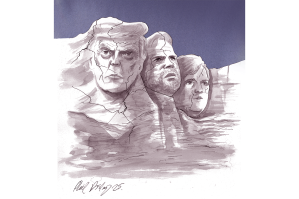

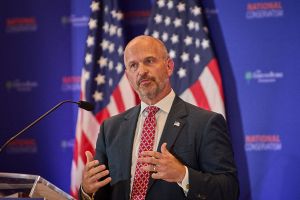


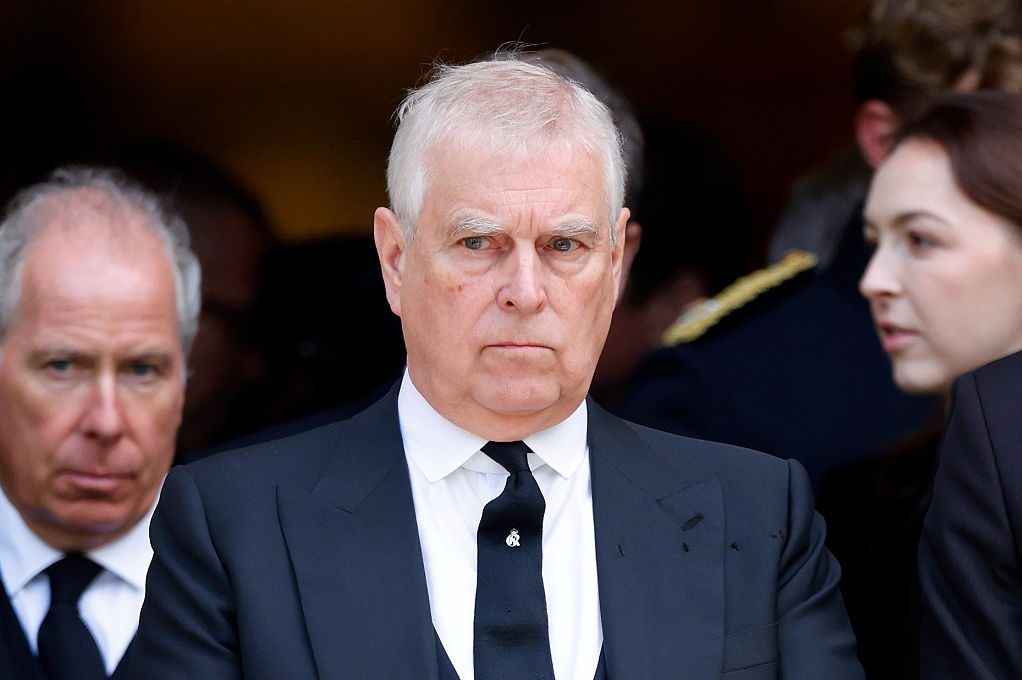

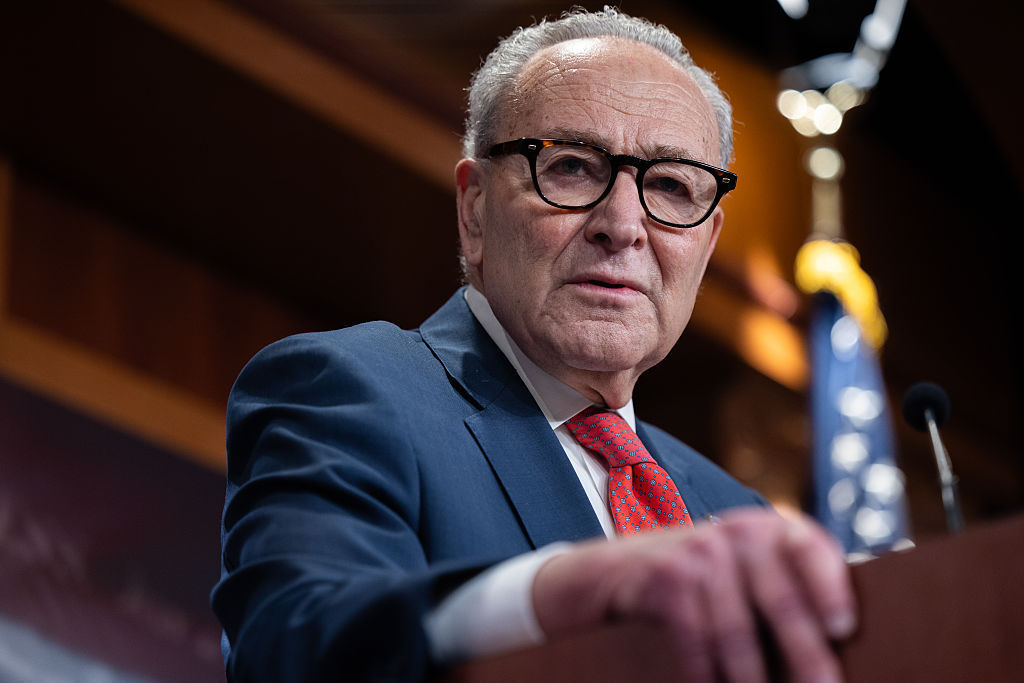
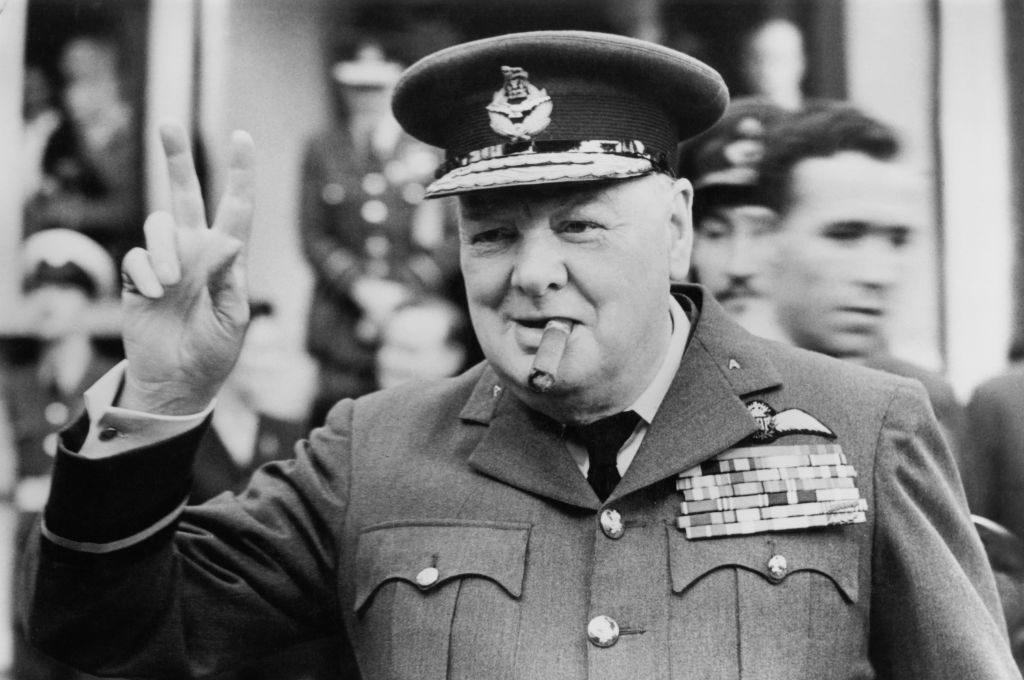







Leave a Reply